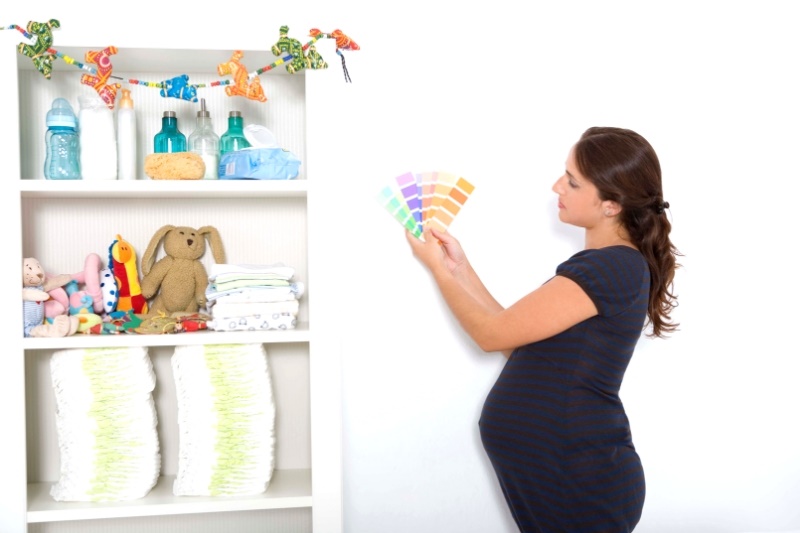Just as parents seek somewhere to retreat from the busyness, loudness and stressors of life, so do children when they’re overstimulated. Children can get easily overstimulated thanks to too many sensations, activities, noises and experiences. But, where us adults have numerous options for retreat, a child’s only personal space, their bedroom, is often busy with toys, bright colours and noise; not the perfect space to achieve calm. Of course, it’s essential to develop our children’s senses through play, exploration and movement, but too much of it can lead to stressed and anxious kids.
The problem with some kids’ bedrooms is that they’re set up for play instead of for their main purpose – to relax and sleep. Here are some simple ways you can turn your child’s bedroom into a tranquil and calming sensory kids room and hopefully, a happier child.

7 Ideas to create a calming sensory kids room
Use the right lighting
Soft and natural lighting is always best for a bedroom, particularly before bedtime when a child needs to adjust to the darkness. Dimmer switches are of huge benefit as well as nightlights and lamps for children who only feel safe with a light on at night.
Avoid visual clutter
Having too many things on the wall, particularly things that don’t match, can be very overwhelming. Opt for one softly coloured print on each wall, ensuring each print is related and that the pictures are abstracts with soft colours, curves and spirals instead of ones with hard, straight lines and angles.
These softly coloured prints from Isla Dream Prints are perfect.


Reduce the use of electronics
Apart from an electronic night light, electronics are best left elsewhere. Televisions, computers, iPads, gaming consoles, they’re all highly addictive and can mess with sleep. “The screens not only take away sleep because they take up time, but they make kids more wakeful, and the more wakeful they are, the more activity they do, so it’s a vicious cycle,” says sleep physician Dr Chris Seton.
Pick the right colours
Calming colours like pale pink, pale blue, soft green and muted purple work well to provide settings that relax children whereas bright colours like red, orange, yellow and stark white can provide too much stimulation. Patterns and printed wallpaper can overstimulate also.
Reduce excess and clutter
You know the anxiety you feel when your house is a mess? Well, kids can experience the same feeling when their bedroom is full of clutter. It doesn’t always have to be like this though; you just have to use the right storage solutions. Whether you opt for a storage shelf and use baskets as drawers or purchase a couple of $10 tubs from Kmart, clutter can be put away easily and clutter anxiety solved. For those special toys that your child doesn’t want hidden away, use stackable plastic storage bins.
Comfortable bedding
Bedding is like clothing, it has to be comfortable and warm, not rough and scratchy. A child’s bedroom should be somewhere a child can not only go to relax but to feel safe. A weighted blanket or a heavy down-filled quilt work well as security blankets because they feel as though they’re giving a great big hug.
Somewhere to chill
Some kids might prefer to sit down and read a book; others might like to lay down and cuddle something soft like a Jellycat Bunny or play with toys. Whatever their outlet, make it comfortable by providing big floor pillows, cosy teepees, bedroom canopies and soft floor rugs. Bean bags are also an excellent idea for helping kids feel comfortable and secure.
Whether you’re trying to tame a tantrum, get your child to sleep or simply helping your child to chill out a little as a result of being overstimulated, the best place to start is in a calming sensory kids room.
Pin for later


